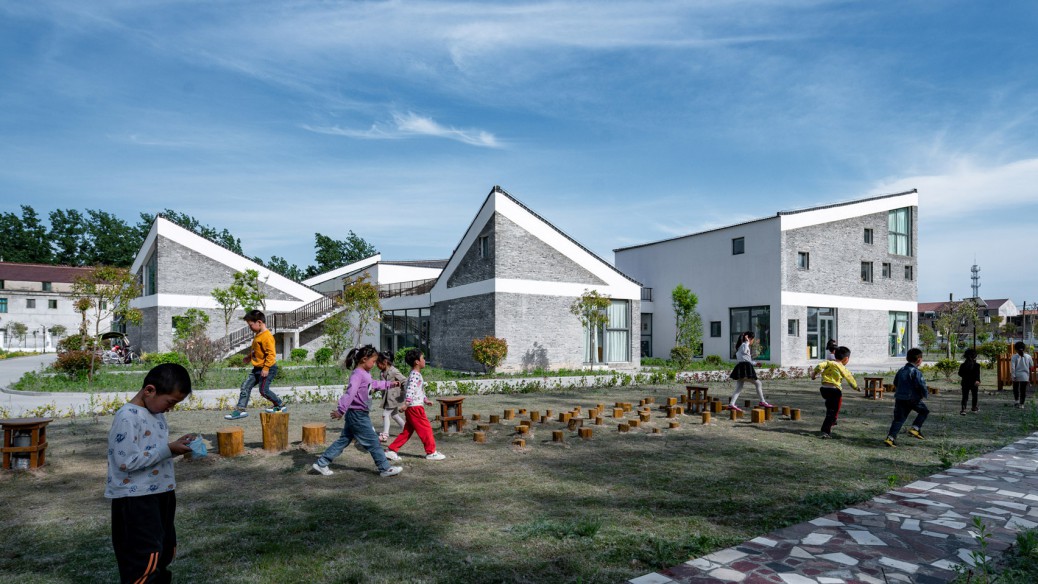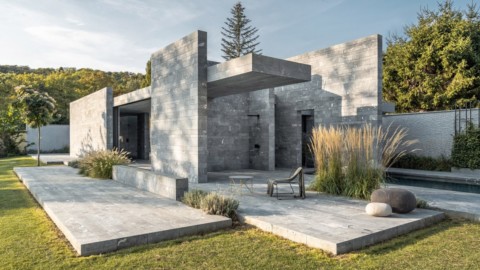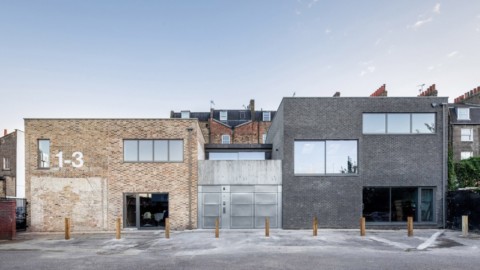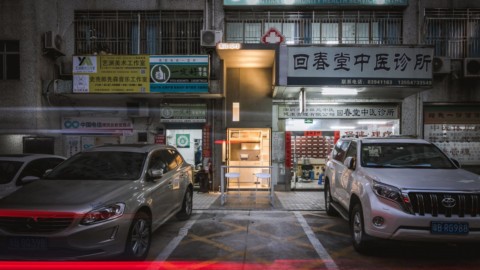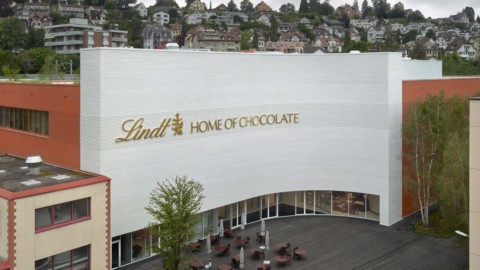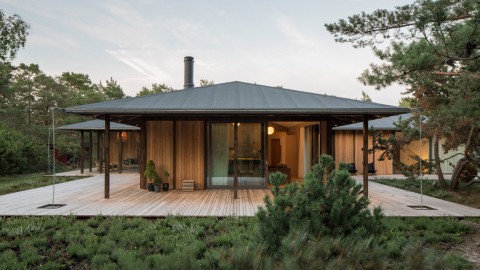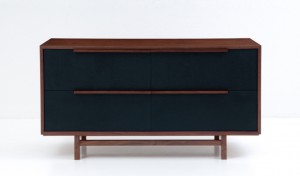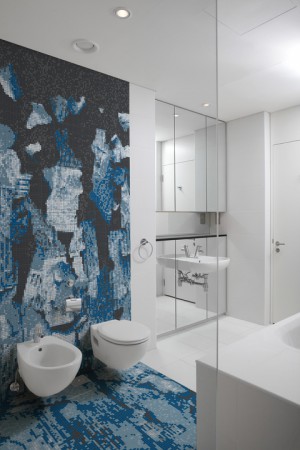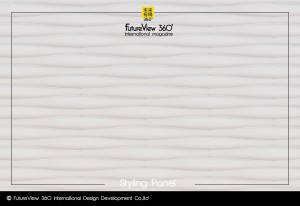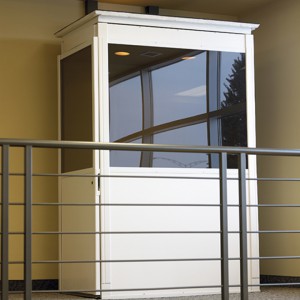The Jiangsu Beisha Kindergarten in China has been conceived as a miniature village, with a cluster of house-like structures clustered around a square and connected via winding paths and raised walkways.
Beijing and Frankfurt-based practice Crossboundaries has designed the kindergarten, in the village of Beisha in China’s Funing County, as part of a local government initiative to alleviate a shortage of preschool education in rural areas.
中國的江蘇北沙幼兒園被認為是一個微型村莊,周圍聚集在一個廣場周圍的房屋狀結構,通過蜿蜒的小路和凸起的人行道相連。
北京和法蘭克福的實踐Crossboundaries在中國阜寧縣北沙村設計了幼兒園,作為當地政府減輕農村學前教育短缺的舉措的一部分。
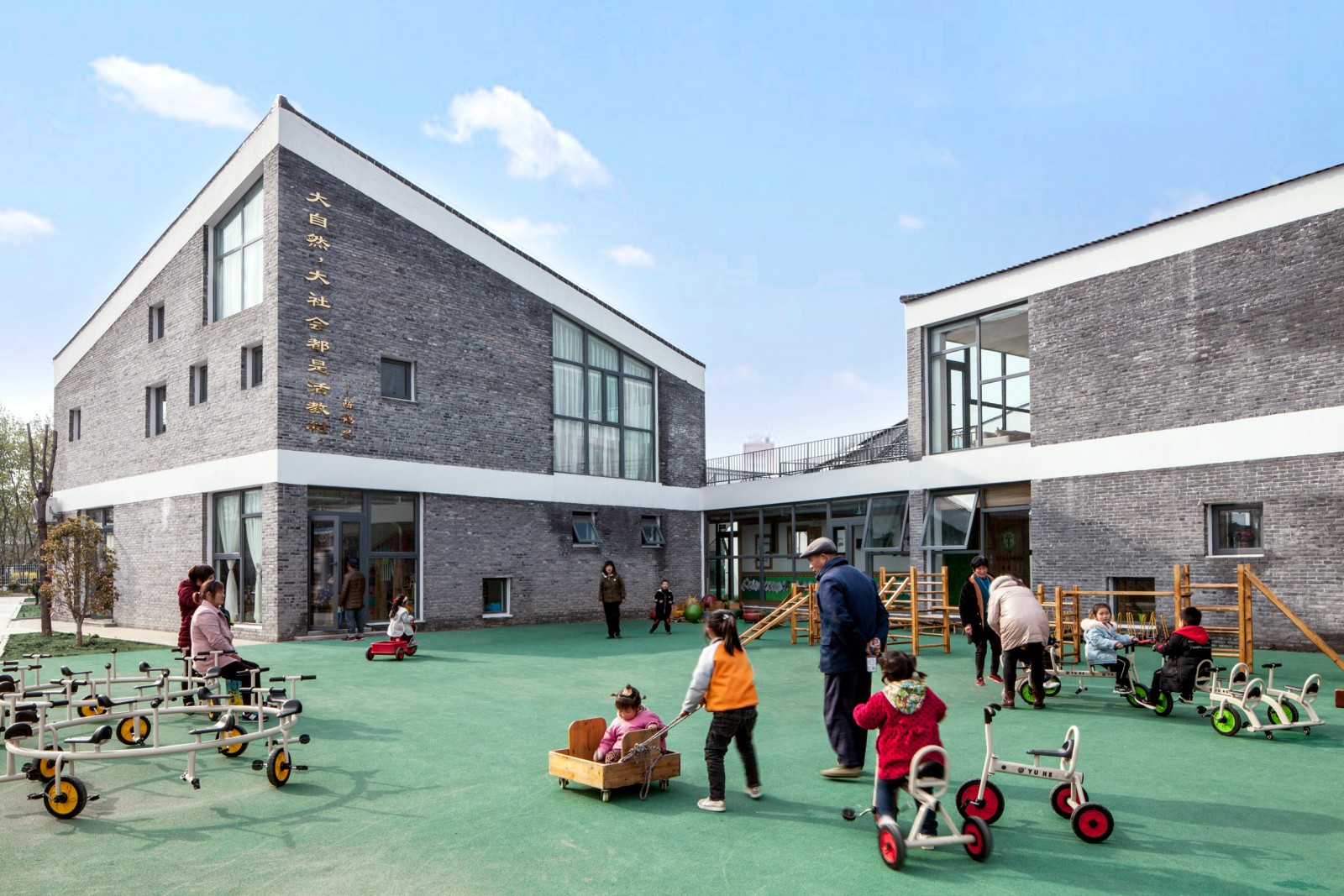
The rural kindergarten is designed to function look like and function as a miniature village.
“Finding the appropriate scale for the project was a crucial starting point of this design,” explained Crossboundaries.
“The Beisha Kindergarten functions as a smaller, modified version of a village with the scale giving children a sense of familiarity, introducing novelty and engaging curiosity.”
農村幼兒園的設計功能與微型村莊相似。
“尋找合適的項目規模是這一設計的關鍵起點,”Crossboundaries解釋道。
“Beisha幼兒園是一個較小的,修改過的村莊,其規模讓孩子們感到熟悉,引入新奇和引人入勝的好奇心。”
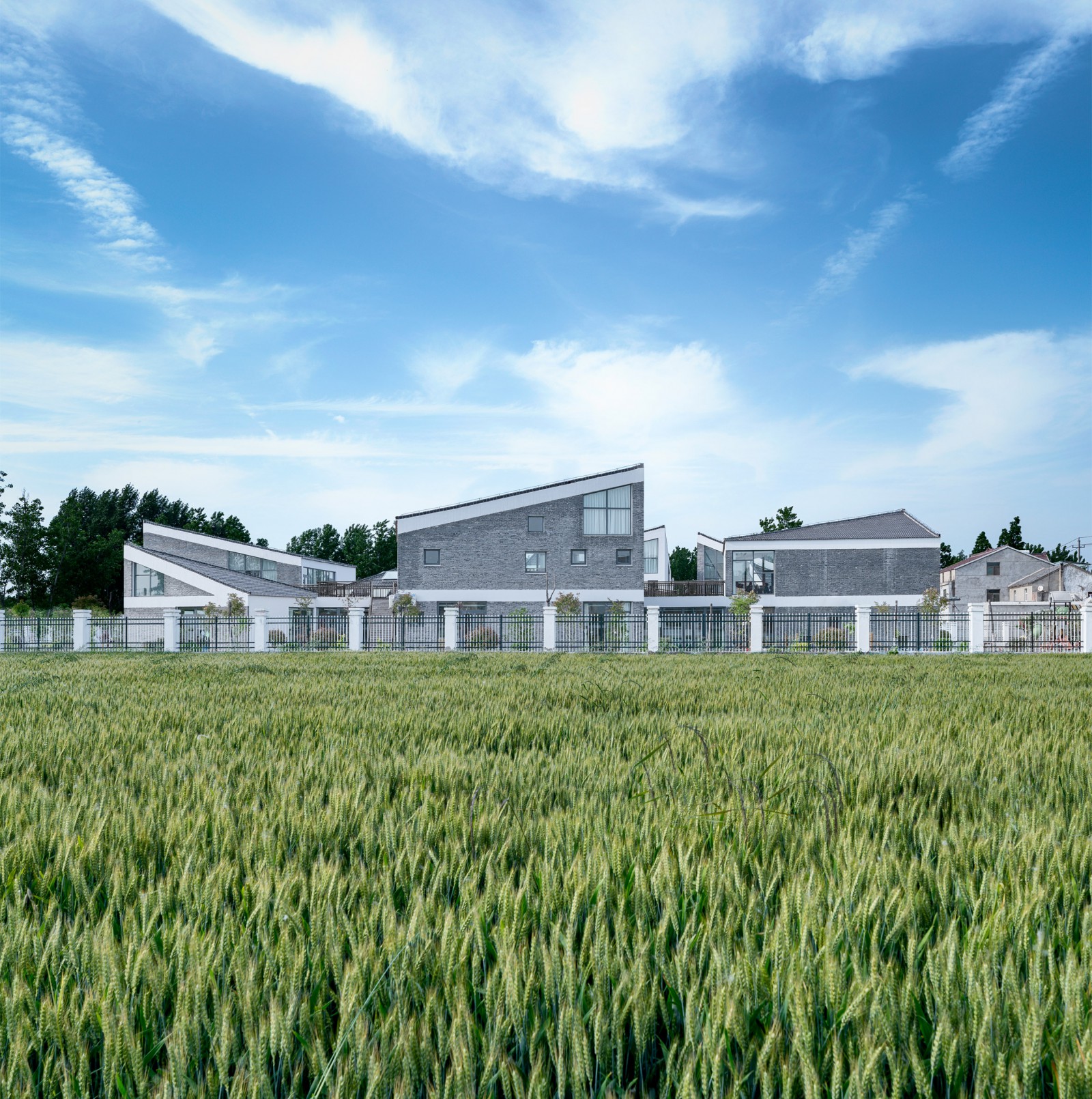
Designed as an alternative to the homogenous, repetitive nature of many school buildings in more urban areas, here classroom are placed within a mix of individual one and two-storey blocks or “houses”. Larger separate blocks contain for office, canteen and infirmary spaces.
“A typical school form, enclosed by prismatic volumes and a repetitive facade that blocks off the surrounding and limits the view with its protective, city logic would be a foreign object in this setting,” said the architecture studio.
作為更多城市地區許多學校建築的同質,重複性質的替代設計,這裡的教室被放置在單獨的一層和兩層街區或“房屋”的混合中。 較大的獨立區塊包含辦公室,食堂和醫務室空間。
建築工作室說:“一個典型的學校形式,由棱柱形的體積和重複的立面封閉,遮擋周圍環境,並以其保護性的城市邏輯限制景觀,這將是一個異國情調。”
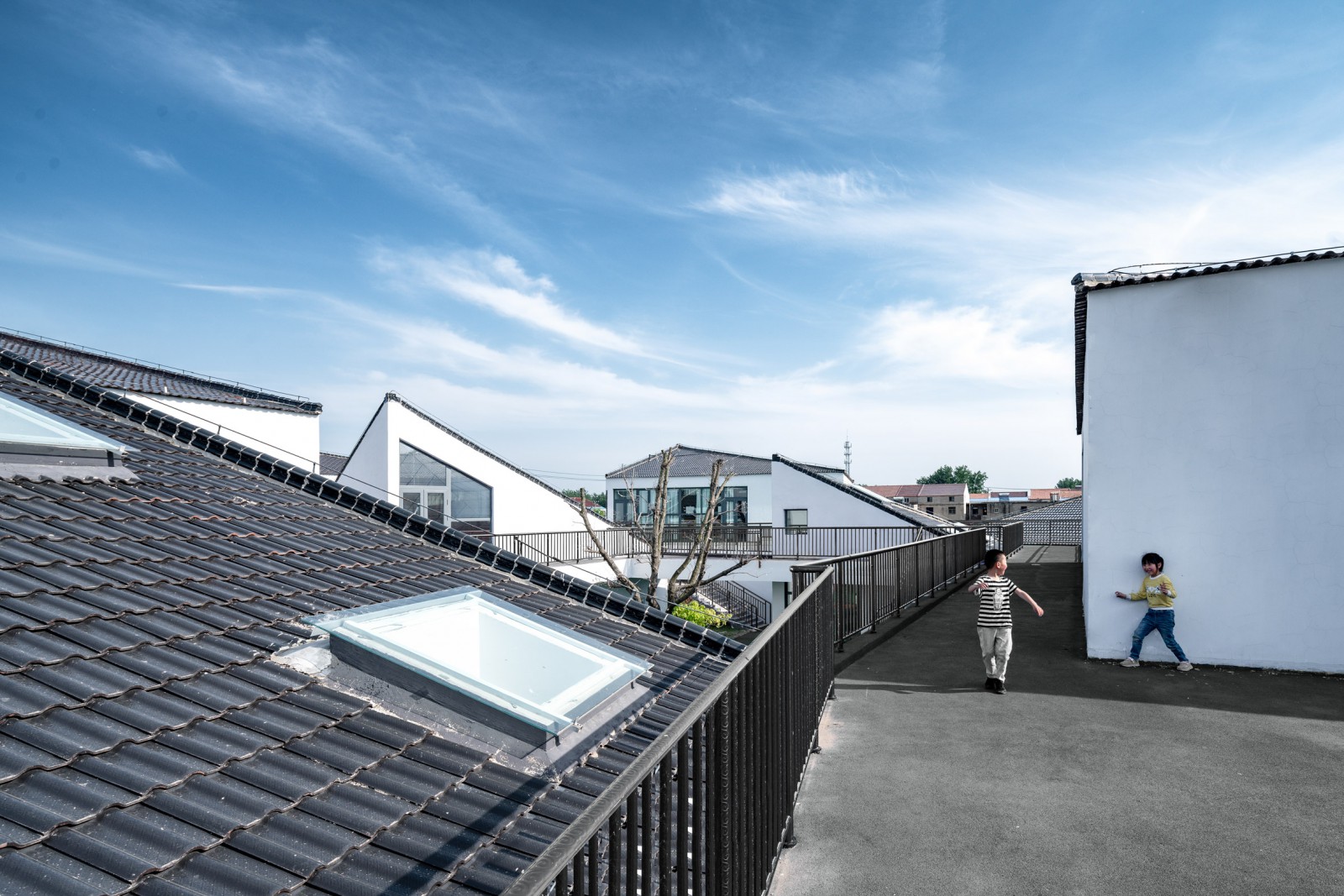
A combination of local recycled brick and white plaster were used to give each of these blocks a subtly different appearance, animated by different roof pitches that animate the project’s silhouette.
本地再生磚和白色石膏的組合被用來給這些塊中的每一個帶來微妙的不同外觀,由不同的屋頂間距動畫,為項目的輪廓增添動感。
Large upper-level windows and small openings facing inwards towards the courtyard create a variety of visual connections between each block, and skylights help ensure ample natural light.
大型上層窗戶和朝向庭院的小開口在每個街區之間創造了各種視覺連接,天窗有助於確保充足的自然光線。
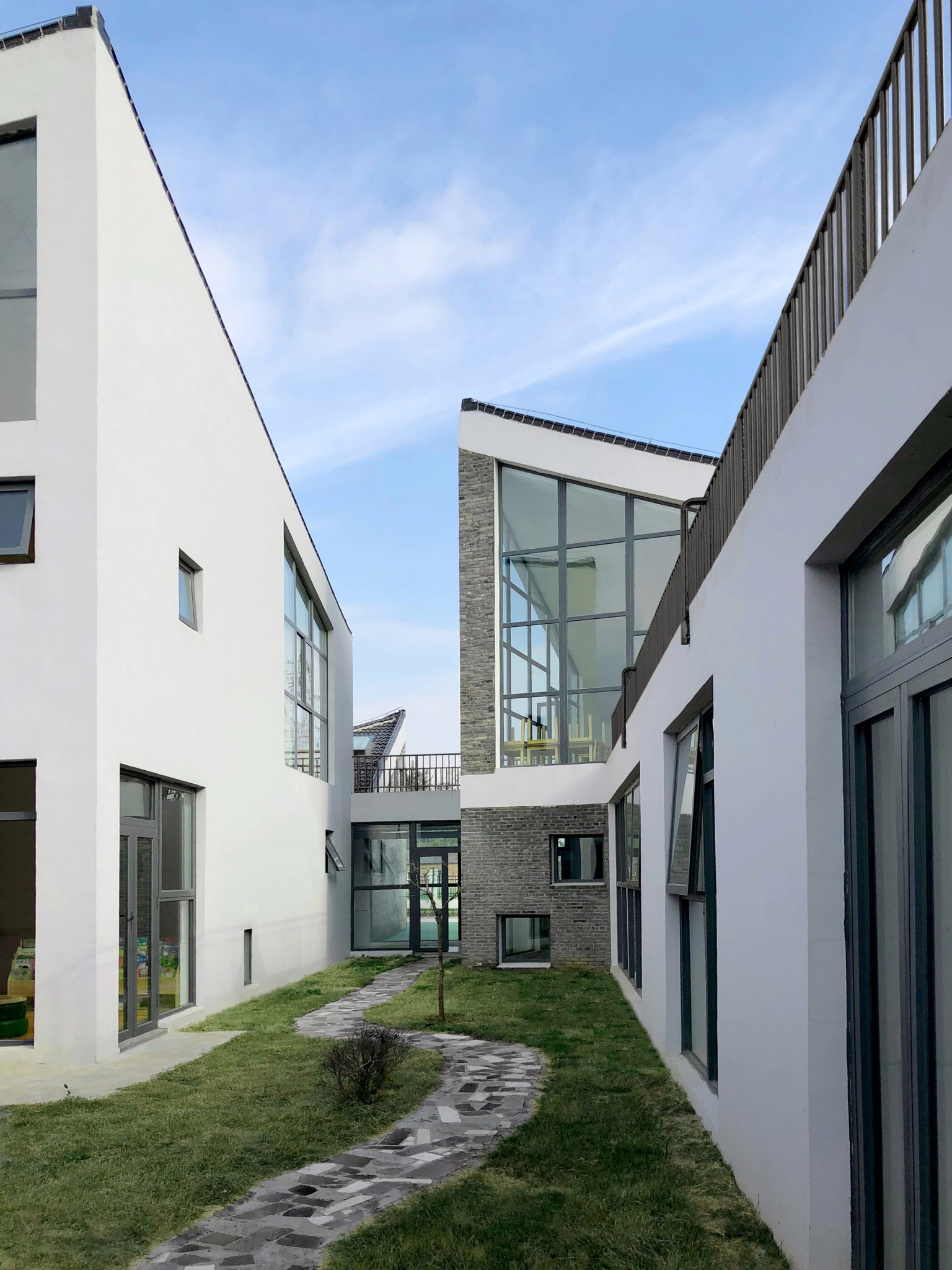
At ground level the blocks are connected by glass corridors that enclose the central courtyard. Staircases lead up to a raised platform that surrounds the centre of the kindergarten, connecting to some blocks at first floor level and running alongside the roofs of others.
This vantage point gives views out over the surrounding plains and forests, as well as the green spaces nestled between the scheme’s blocks below.
在地面層,街區通過玻璃走廊連接,玻璃走廊圍繞著中央庭院。 樓梯通向一個圍繞幼兒園中心的凸起平台,連接到一樓的一些街區,並與其他屋頂一起運行。
這個有利位置可以看到周圍平原和森林的景色,以及位於下面方案區塊之間的綠色空間。
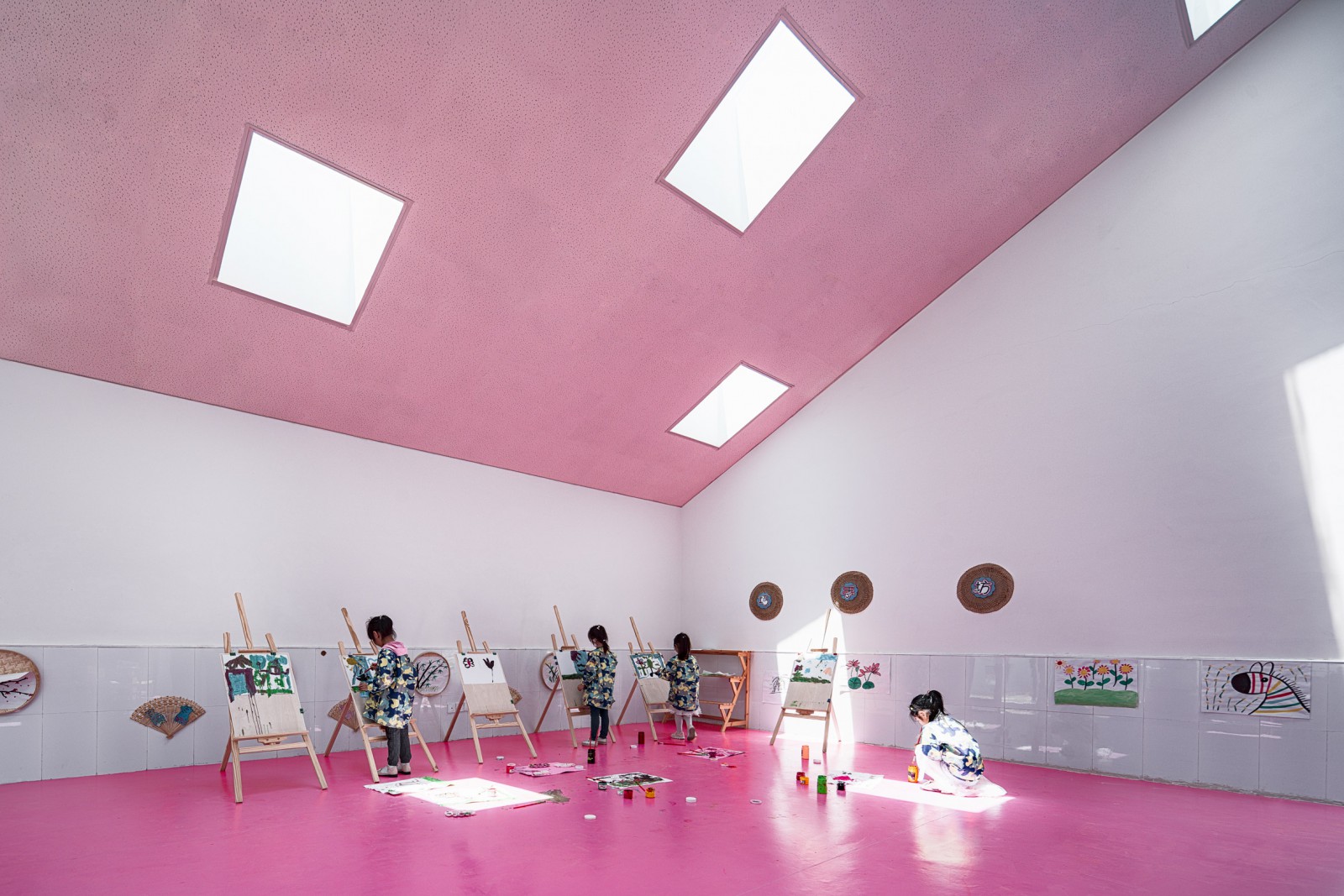
“The second floor pathways are not just a connection between areas, they combine to form a platform of exploration for children,” said the studio.
“Once you are up on the second floor your experience is overtaken by the dynamic slopes of the roofs – this little shift in perspective enables the children to expand their everyday spatial experience.”
“二樓的通道不僅僅是區域之間的聯繫,它們相結合,形成了兒童探索的平台,”工作室說。
“一旦你進入二樓,你的體驗就會被屋頂的動態斜坡所取代 – 這種視角的微小轉變使孩子們能夠擴展他們的日常空間體驗。”
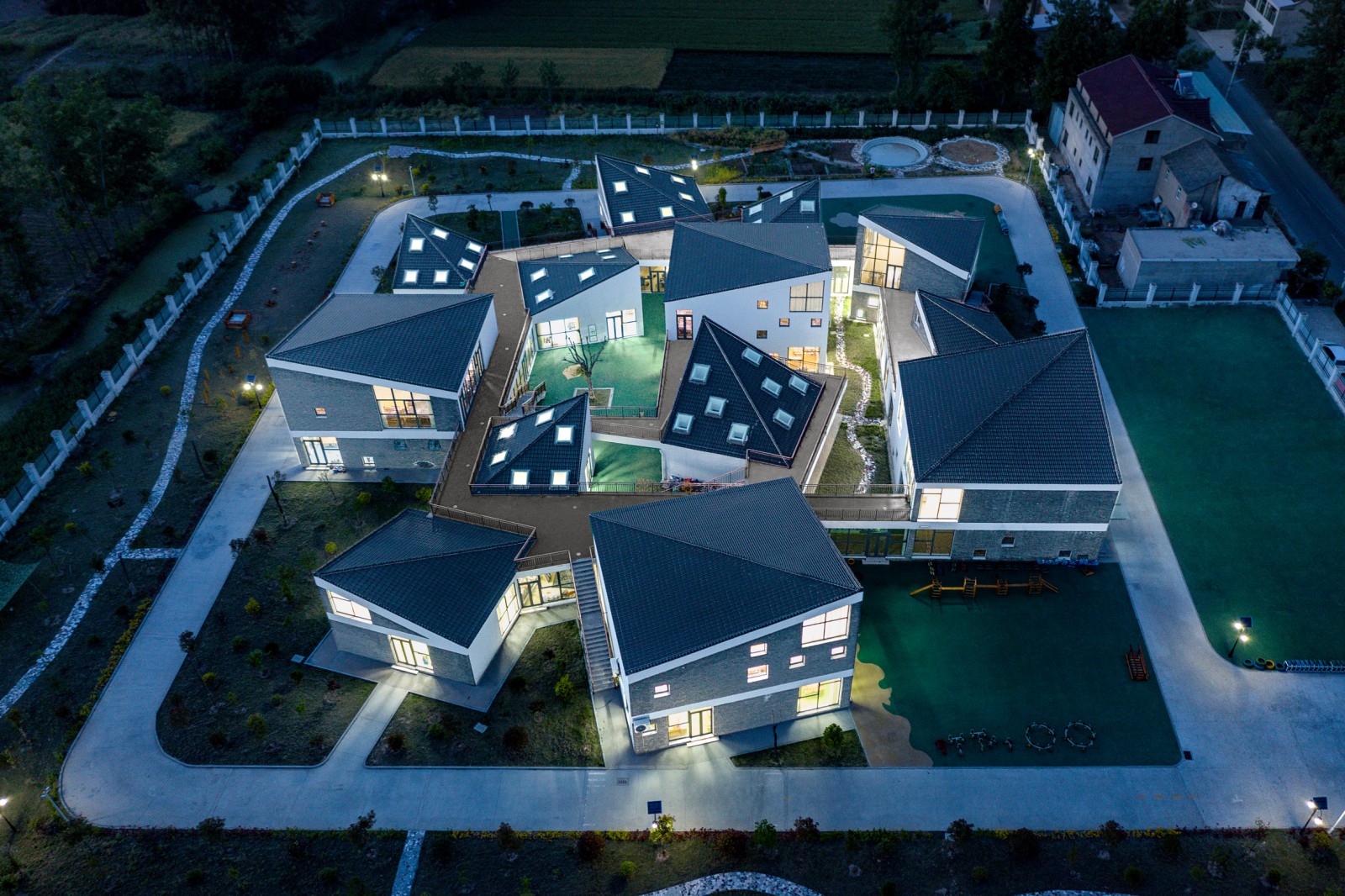
Many Kindergarten projects attempt to break up a large, single structure into a collection of smaller units that activate external spaces.
Tracks Architectes recently designed a kindergarten in France as a row of gabled structures, and in Vietnam, Kientruc O’s Chuon Chuon Kim Kintergarten took the form of a cluster of brick houses.
許多幼兒園項目試圖將大型單一結構分解為一系列激活外部空間的小型單元。
Tracks Architectes最近在法國設計了一個幼稚園作為一排三角形結構,在越南,Kientruc O’s Chuon Chuon Kim Kintergarten採用了一系列磚房。
FROM:https://www.dezeen.com/2019/06/19/crossboundaries-jiangsu-beisha-kindergarten-china/

